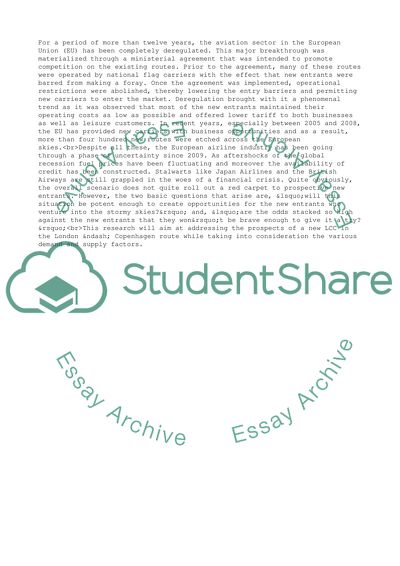Cite this document
(Flying into the Storm: Sustainability of The Airline Sector Research Paper, n.d.)
Flying into the Storm: Sustainability of The Airline Sector Research Paper. Retrieved from https://studentshare.org/business/1733930-flying-into-the-storm
Flying into the Storm: Sustainability of The Airline Sector Research Paper. Retrieved from https://studentshare.org/business/1733930-flying-into-the-storm
(Flying into the Storm: Sustainability of The Airline Sector Research Paper)
Flying into the Storm: Sustainability of The Airline Sector Research Paper. https://studentshare.org/business/1733930-flying-into-the-storm.
Flying into the Storm: Sustainability of The Airline Sector Research Paper. https://studentshare.org/business/1733930-flying-into-the-storm.
“Flying into the Storm: Sustainability of The Airline Sector Research Paper”, n.d. https://studentshare.org/business/1733930-flying-into-the-storm.


